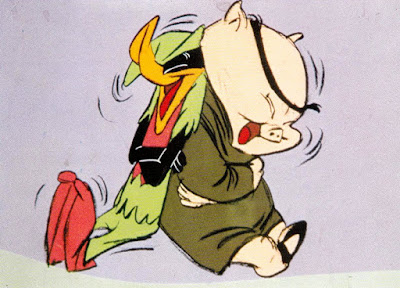Enough To Make You Think Vampires Are Real
Nominate Vampyr (1931) For All-Time Creep Out
Because of its spelling, I went around years pronouncing Vampyr as Vam-peer, a nod on my part to greater sophistication of Euros who'd made this odd and very acquired taste of a chiller. First familiarity came of Carlos Clarens' An Illustrated History Of The Horror Film, published in 1967, where creepy stills promised fear cold as a grave, burial alive among highlights. Problem, of course, was seeing the thing. Television had none of it, while further book reference (The Film Till Now) spoke of "a film much applauded by the intelligentsia," author Paul Rotha's seeming dismissal of Vampyr as "very much of a museum piece." Was this as much result of awful prints in circulation? There were versions in varied language, that is what little could be made out from largely inaudible soundtracks. Directing Carl Dreyer had covered bases re English, German, French editions, but much of reception was cool, and I couldn't find indication that Vampyr got
Vampyr floated for decades at diminished capacity. Histories when they mentioned it did so in terms of compromised image. "Unfortunately the prints that are available in the


















































